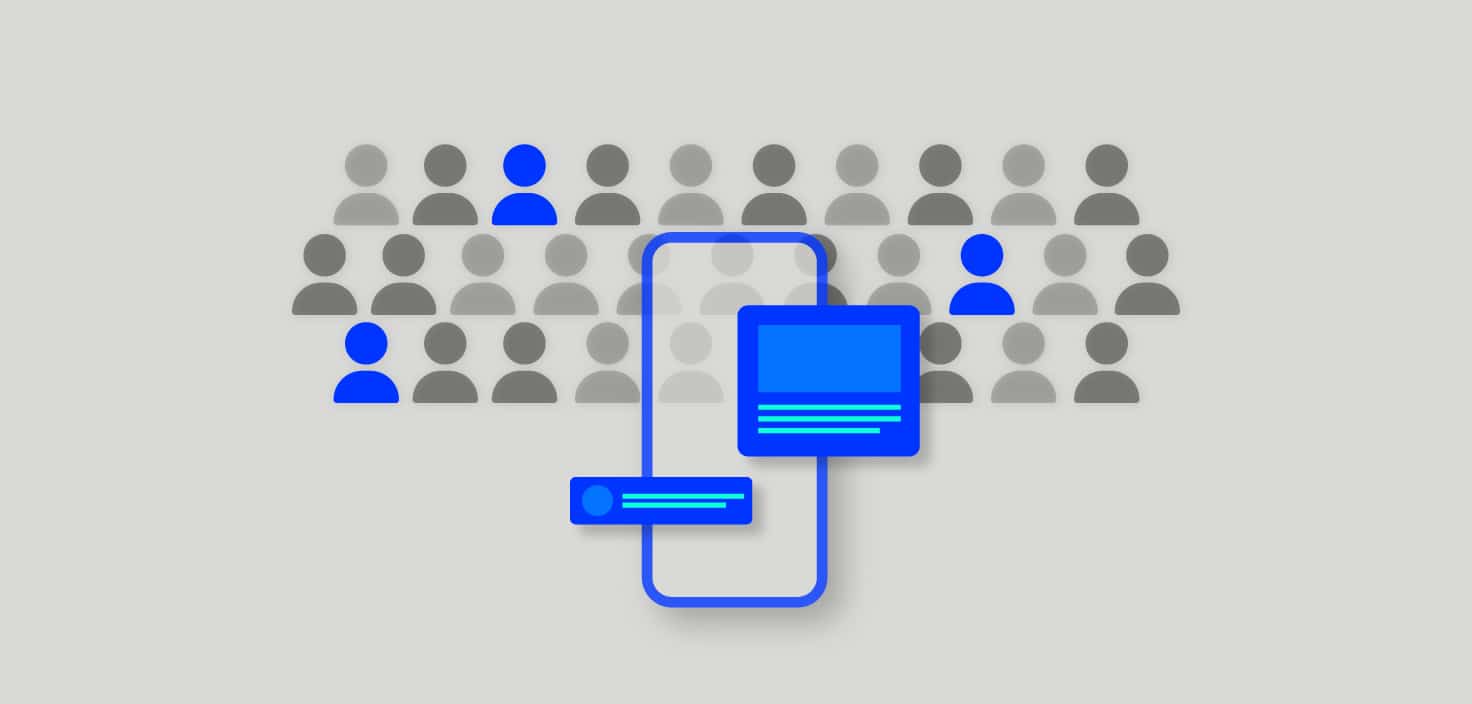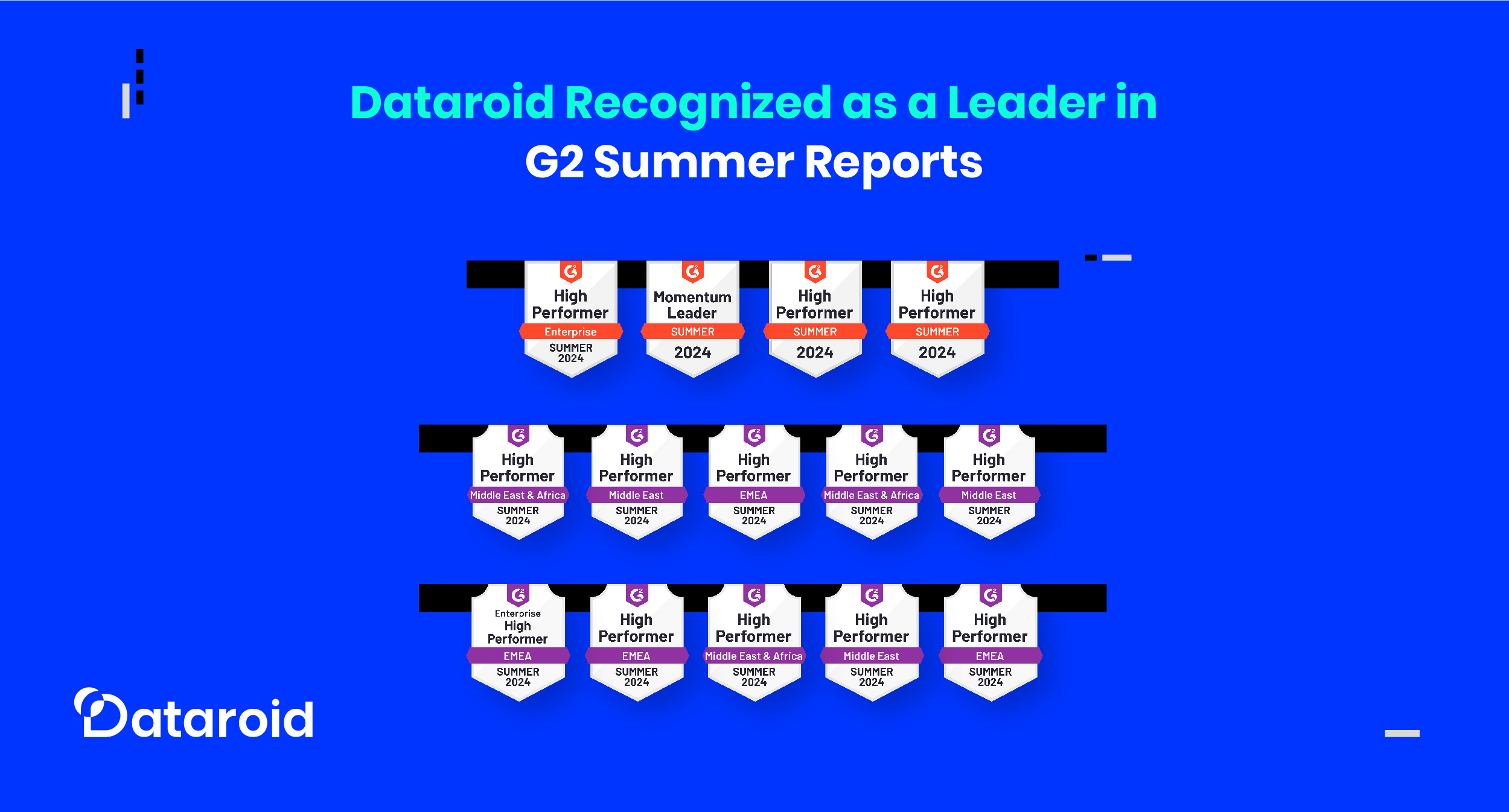Engage your customers the right way, at the right time, in the right place: In-App Messaging
- Reading Time: 6 minutes

Sign up
to drive your business with the power of data
Any marketer worth his or her salt knows that messaging is critical to both acquiring users and to keeping them. Messages need to be tailored to a user’s experience and need to be consistent and constant throughout the customer journey. Gone are the days when a sale was all that mattered, and now customer retention and every step of their journey is equally important.
In-app messaging is a new, critical part of that experience. Big data platforms like Dataroid is capable of just about anything, which means that users are now used to using products capable of holding their hands through every step of the process, and of making sure that messaging is consistent and well crafted.
In-app messaging makes for the perfect way to calm users down and give them personalized messages directly in the context of the product they’re using, as they’re using it. But let’s back up a bit and start at the beginning.
What is In-App Messaging?
In-app messages are notifications that are targeted specifically to the user and their profile, and sent to them while they’re in the act of using the product on their phone. This means that you can engage with users exactly when you want to since you can set it up to appear at any specific moment of their journey. In-app messaging allows for onboarding new users (more on this in a sec), sharing product updates and introducing new features, explaining new campaigns, and facilitating transactional messaging.
In-app messages are triggered as the user is actively using the application, so it engages directly with users and what they’re doing. And because they can be seamlessly used for web and mobile apps, they’re perfect for any marketing strategy, along with adding help and onboarding. Application performance management, or APM, works in line with in-app messaging to make sure that pop-ups and messages are working appropriately without error messages loading constantly or other issues arising. (we’ll deal more with APM in a later article.)
In-app messaging includes chats and posts, mobile carousels, and product tours. Chats and posts are perfect for support issues, as well as product updates and onboarding. Posts help for product updates and, because you’ve time to design and place them, fit more seamlessly into the app from a visual perspective. Mobile carousels provide a fullscreen experience that are again visually seamless for the texture of your app in a way that chats really can’t quite accomplish. And because they’re fullscreen, you can do whatever you want with them, from onboarding users to marketing promotions.
Why is in-app messaging great for product teams? The Benefits of in-app messaging
In-app messaging is particularly powerful for product development teams, especially compared with push notifications. Push notifications can be disabled by user settings, whereas in-app messages can only be disabled by the teams themselves. What this means is that product teams have a direct line of communication with their users, producing an array of benefits. We’ll outline a few of those benefits here.
Onboarding
The term onboarding is used to describe the entire process through which users come to see the value in a product they’re using, possibly for the first time. Different products will obviously use in-app messaging for onboarding in different ways, but ultimately you always want users to feel welcome and glad that they chose your product, and you also want messages to encourage users to continue their journey with your product.
For example, messages that greet the user with the basic information they need to get started can help users begin using your product without bombarding them with too much. As they keep going, keeping a friendly, cheerful tone can leave a pleasant taste in their mouths as they navigate the app.
Introduction of new features
Product updates are one of the hardest things to get your users excited about. You never want them to be annoyed by having a whole set of new things to get used to, which means taking them through exactly what features are new and how they’ll improve their experience.
Because you’ve been using in-app messaging to outline their goals and take them through the process of using the app already, for new features you can continue to show how the latest updates will help them accomplish their goals, with the same messaging strategy you’ve been focusing on throughout so that you don’t alienate your users or lose their hard earned trust.
New Campaigns
Starting new campaigns can certainly be a problem, especially if it means overhauling all previous messaging attempts to a new focus or a new tone. In-app messaging can be literally the glue that matches your campaign with the product itself, meaning the campaign flows seamlessly with the new tone and message you’re trying to incorporate. In-app messaging lets you engage users right off the bat, and also make sure that that engagement never wains and remains constant throughout.
One of the problems campaigns can suffer from is when they’re spread out over a number of digital channels, you don’t always know exactly where your customers are seeing them, or if they are. In-app messaging consistent with the campaign ensures this isn’t a problem, so users are well aware of what’s upcoming and what they can expect.
Transactional Messaging
Customer service, or transactional messaging, is so much more comprehensive with the use of in-app messaging. For example, in-app messaging can be used to confirm a purchase and give users service updates on their account with said purchase. Again, all this helps to retain users and increase consumer loyalty.
Navigating users successfully through the app
In-app messages are also perfect for helping users navigate their way through the app. For instance, when users encounter an error, in-app messages can immediately direct them to the right spot in the application. This means you can help users achieve what you want them to inside the app and encourage them to take whatever actions are most likely to keep them engaged.
Creating a dynamic and personal user experience
In-app messages can be specifically personalized to each user’s experience, which allows for maximal engagement. Once you have figured what it is about your product that they like most and engage them most, in-app messages can focus on specifically those things for the most personal user experience possible. In-app messaging surveys and questionnaires can be extremely useful to this end. Questions directed at the right time to the right user through the medium of in-app messaging can create valuable feedback that improves the experience for the user and helps developers know how to continue to improve the app into the future.
Key Takeaways
In-app messaging is absolutely necessary for solid modern marketing communication. It helps to be able to offer free trials to potential customers, and to increase sales and customer retention. It increases engagement throughout the user journey, building brand loyalty along the way and improving the overall user experience. It helps with onboarding, introducing new features, highlighting new campaigns, and with transactional messaging. In turn these help users navigate the product in the most optimized manner, giving them a truly personal user experience. If done correctly, in-app messaging is the best way to keep users happy and the use the full power of contextualized, personalized messaging in the right way, at the right time, in the right place.
Drive your digital growth
Schedule a demo today to learn more on how we can help you unleash the potential of digital using Dataroid.



